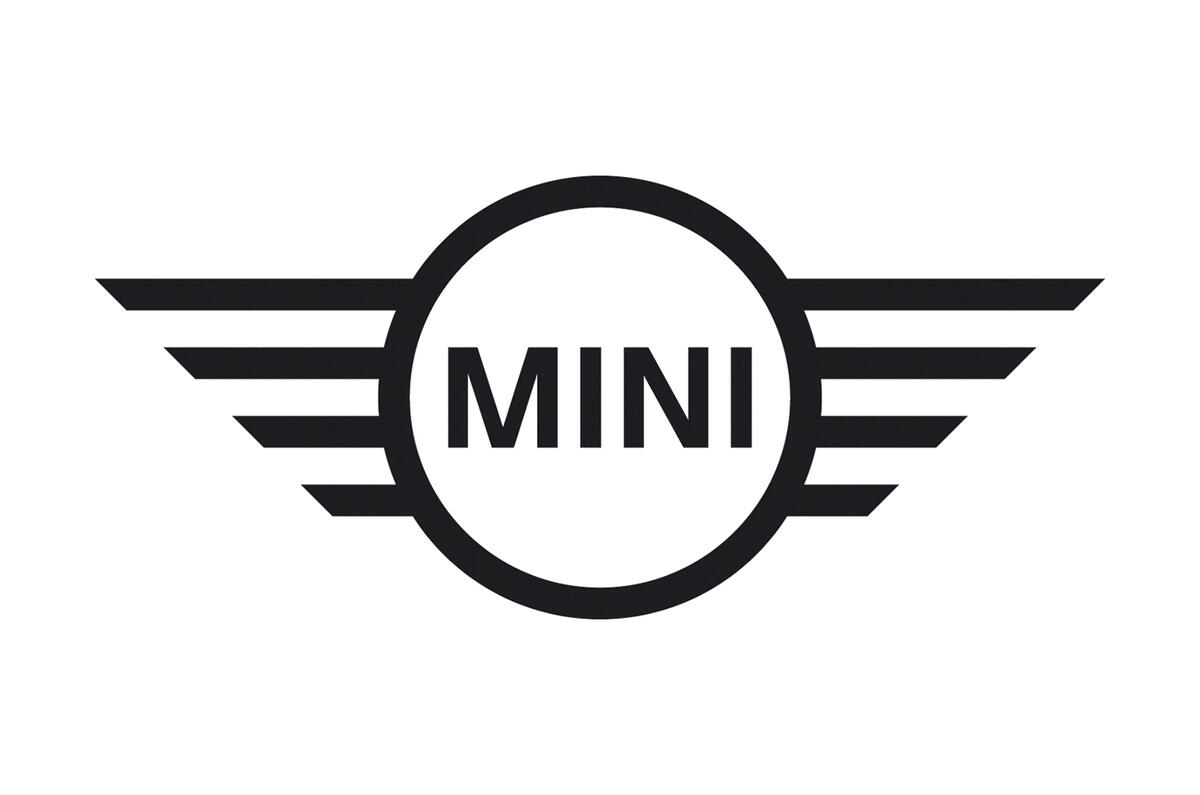The consensus is that the Mini brand, relaunched under BMW ownership in 2001, has been an object lesson in product development, branding, marketing and creating a demand for customisation.
However, Mini has not been a runaway success as a business, with profits likely to have been as small as the original Issigonis model was. Indeed, it is possible that over 14 years and two generations, Mini hasn’t made any money at all, when the research and development spending is taken into account.
No one can be definitive about Mini’s financial situation because BMW doesn’t give details for the British brand. But there’s little doubt BMW’s decision to build front-drive BMW-branded cars was given a huge push by problems caused by Mini’s lack of scale.
Mini sold 305,000 cars in 2013 and 302,000 in 2014. That’s not to be sniffed at, but it’s a relatively small number for a global brand with a stand-alone platform.
It is almost impossible for a car maker to turn a profit on a car engineered, built and sold in Europe for a price of much less than £18,000. And although Mini has sold some highly optioned models, my suspicion is that the average Mini transaction price is not as high as BMW would like, or needs.
It’s this essential calculation that has pushed the new Clubman into Audi A3 territory. Out goes the jokey, youthful marketing image and in comes something more serious and worthy, with a price to suit.
Cars with high-level engineering content are ever more expensive to design, engineer and produce. Although this can be made to work for premium brands, it shows just how increasingly difficult it is for mainstream brands, or those charging mainstream prices. Which is why Mini is heading upmarket as fast as possible.
Read more:




Join the debate
Add your comment
Not long now
All BMW have done to the mini is make it bigger and then bigger and then bigger again. They've made it uglier (the one Rover designed was cute - the current one's a dog) and they've made it more and more expensive. That's all BMW ever does. The mini's finished. All the 'prestige' brand obsessed Hyacinth Bucket morons have moved on and it's the least attractive car of its size on the market.
Angry bird, Underpants.
PS - Fiat 500
MINI vs 500
@ daniel joseph